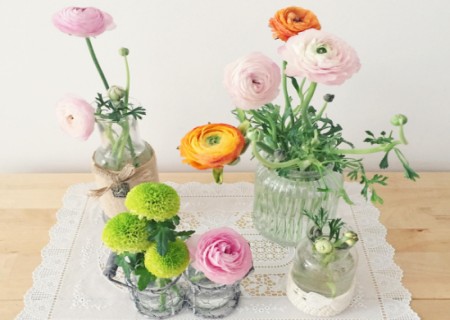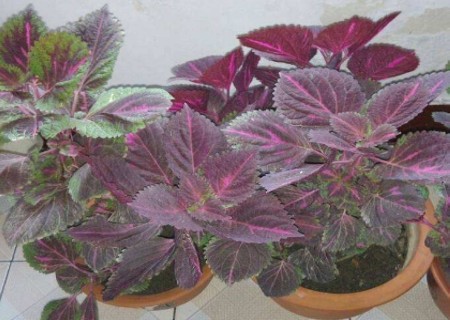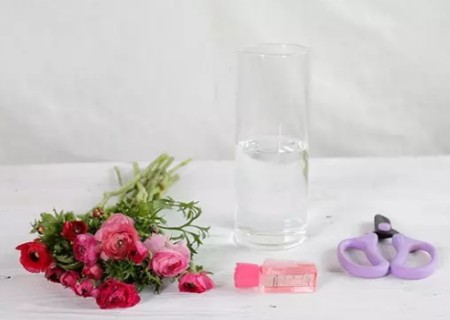How to raise foreign peonies (introduction of culture methods)
Foreign peony, also known as buttercup, lotus, celery, Persian buttercup, Ranunculaceae Ranunculus plants. Layer upon layer of petals are gathered together so softly and neatly that people can't help but want to hold them in their hands. The flower language of buttercup means charming charm, and it is very appropriate to put on a bottle at home or dress up in a whole bundle at a party.
Foreign peony leaves are similar to celery leaves, so the flower bud is as big as a button, the flower head is curved, listless, more leaves, its appearance is not handsome, like buying a handful of vegetables, it looks like no appetite, but its characteristic is that the petals are thin, petals are many, so the explosive power is very strong, the bud may only have 2cm or so, after a few days of maintenance, the flower diameter is 5cm or even 10cm, the flower head upright and brisk. The bigger the cut is, the more amazing the combination of petals is.

So, how to maintain potted foreign peonies? After receiving, cut a short section with an oblique 45 °at the lower end of the flower branch, adjust the length according to the height of the vase, put more than half of the water in the vase, and place half a package of antistaling agent if there is any. Change the water once in about 3 days and wash the roots and then oblique shearing. If there is no antistaling agent, you should change the water to wash the roots and cut them oblique every day. When changing water, you should pay attention to keep the vase clean and wash it with 84 disinfectant if necessary to avoid direct sunlight. The specific culture methods are as follows:
1. Take a clean vase
2. Pour the curing agent into the vase, add clear water in proportion, and wait for all to dissolve. The water level of buttercup is generally 10-15cm.
3. Remove the leaves that do not grow well, the hollow stem of Ranunculus, cut the root at an angle of 45 °, and the scissors should be clean and sharp.
Do not spray water directly on the flowers to avoid mildew and rot
5. Change the water every two days to keep the water clean
6. Buttercup is cold-resistant and not heat-resistant, so do not put it in an air-conditioned room, otherwise the stem near the flower head may be rotten and broken before the flower blossoms.
Note:
1. Foreign peonies like to be wet, afraid of stagnant water and afraid of drought. Do not lack water during planting, but do not get too wet, and avoid pouring water on the leaves, otherwise it will lead to disease.
2. Foreign peonies like sunny environment and cool climate, but the temperature should not be lower than 10 ℃ or higher than 25 ℃.
3. Foreign peony likes fertilizer, pay attention to topdressing during the growing period, apply light fertilizer once every 10 days at the beginning, and then gradually increase the dosage and concentration with the growth of flowers and seedlings.
4. Foreign peonies avoid bright light. Potted plants should be placed in a cool and cool environment to avoid drought, waterlogging and soot pollution, and always keep the potted soil and its surrounding environment moist.
5. If the content of organic matter in basin soil is high, only once or twice before and after budding, the dilute liquid fertilizer dominated by phosphorus and potassium fertilizer will be applied.
6. Cut off the residual flowers at any time after flowering, apply liquid fertilizer once or twice to raise roots, and properly control water to make them safely enter summer dormancy.
7. If the tree peony is planted in the courtyard, the row spacing is 15 cm ~ 20 cm. When potted, one ball can be planted in a small pot and two balls can be planted in a large pot. You can winter outdoors in warm areas, but indoors in cold areas.
8. The basin soil should be kept in a semi-dry state to prevent the corm from rotting.
9. The soil should be kept moist in spring, but the soil should be slightly dry during flowering, and liquid fertilizer should be applied once or twice, and the bulb should be fully dried and placed in a ventilated and dry place after harvest in summer, otherwise it is easy to rot.
Time: 2019-05-31 Click:
- Prev

Is perilla easy to raise? How to raise potted perilla?
In the small balcony gardens of many families, you can often see a clump of purple plants. Take off the top leaves and put them in the boiled rice porridge. A pleasant fragrance makes people feel refreshed all morning. This purple plant planted in a flowerpot is called perilla, also known as perilla and red perilla. It belongs to the family Labiatae.
- Next

How to raise foreign peonies in water
In this haze heavy, cold winter, in the most do not want to work on Monday winter, buy a bunch of foreign peonies, choose your favorite color, choose a good-looking vase, look up to see the bought flowers, the mood is not beautiful! In the previous tweet
Related
- Fuxing push coffee new agricultural production and marketing class: lack of small-scale processing plants
- Jujube rice field leisure farm deep ploughing Yilan for five years to create a space for organic food and play
- Nongyu Farm-A trial of organic papaya for brave women with advanced technology
- Four points for attention in the prevention and control of diseases and insect pests of edible fungi
- How to add nutrient solution to Edible Fungi
- Is there any good way to control edible fungus mites?
- Open Inoculation Technology of Edible Fungi
- Is there any clever way to use fertilizer for edible fungus in winter?
- What agents are used to kill the pathogens of edible fungi in the mushroom shed?
- Rapid drying of Edible Fungi

